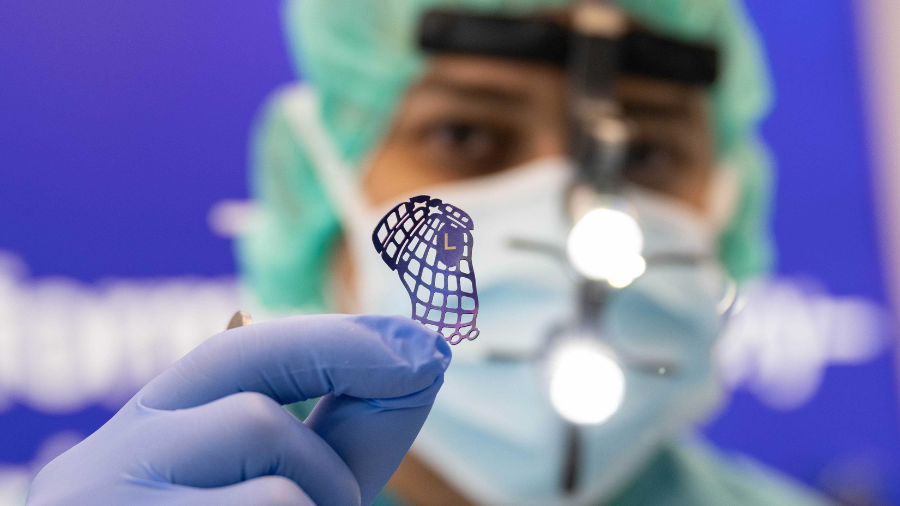AO CMF Course—Advanced Management of Facial Trauma (with Human Anatomical Specimens)
This 2.5-day hands-on course with human anatomical specimens covers complex facial fractures and posttraumatic deformities involving the entire facial skeleton. It focuses on the nasoorbitoethmoidal (NOE) region, including soft-tissue management.
Participants will experience the latest technologies, including mixed reality, point-of-care 3D printing, and intraoperative navigation. Imaging will be integrated into diagnosis and management during procedures.
The course begins with a 90-minute online session focusing on digital planning. Course attendees will engage in hands-on computer planning during a virtual surgical 3D planning workshop, covering two cases using specialized software.
Course participants will also have access to procedure videos for self-directed preparation. During the course, participants will work in pairs on a fresh frozen anatomical specimen, performing all procedures under expert faculty guidance.
Top national, regional, and international faculty
2.5 days in duration
Experienced oral, maxillofacial, plastics, oculoplastic, and ENT surgeons
Network with colleagues from all over the world
CME credits
Course content
-
Course modules
- Module 1: State-of-the-art diagnosis and analysis
- Module 2: Bony fracture management
- Module 3: Mandibular fractures
- Module 4 Soft-tissue management
- Module 5: Patient-specific implants (PSI) (with pathologies staged in advance)
-
What will you learn?
- Make a diagnose based on multidisciplinary input and clinical as well as radiological findings
- Recognize which fractures need to be treated Select a complete treatment plan (including a plan B) for the patient, considering patient wishes and expectations, cost, and safety
- Perform the range of procedures for facial trauma (from access to technique and technology)
- Evaluate and introduce the latest literature (evidence and guidelines)
- Minimize potential complications during planning (learn from errors and outcomes)
- Document all aspects of the case (consent, preoperative and postoperative images) and identify areas to improve
- Communicate with the patient (and family), especially regarding postoperative complications
-
Course participants
Experienced oral, maxillofacial, plastics, oculoplastic, and ear, nose, and throat (ENT) surgeons who have managed facial trauma for 5–10 years and now want to proceed to advanced management of these patients. This course is also suitable for surgeons nearing the end of their training and early-career practicing surgeons (multispecialty) who want to get the latest literature summaries.
-
About our wet lab
Our anatomical specimen courses are the next best thing after working with live patients. Ethically-sourced cadavers are carefully prepared to deliver a 100% realistic training experience as you will experience in the OR, maximizing your learning effort.
Course details may be subject to change. Please check your chosen date and location for the detailed program.



